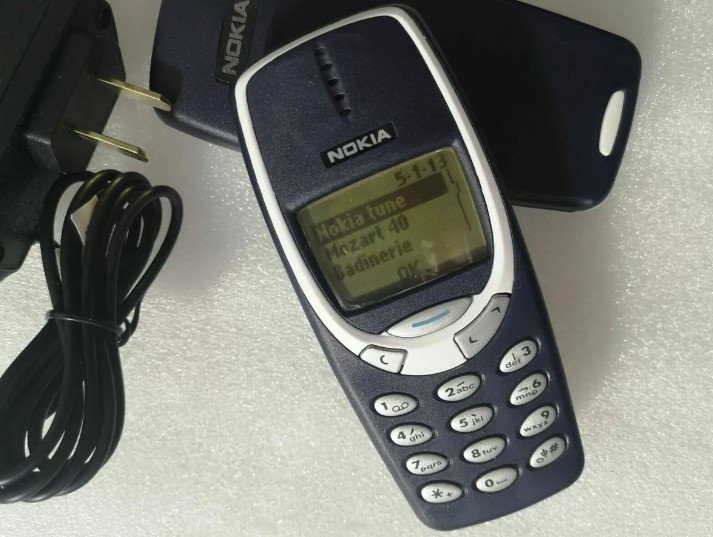
The Top 10 Legendary Models of Mobile Phones
Mobile phones have become an integral part of our daily lives, evolving from simple communication devices to sophisticated gadgets that connect us to the world. In this journey of innovation, certain models have stood out, leaving an indelible mark on the mobile phone industry. Let’s delve into the top 10 legendary models that have shaped the way we perceive and use mobile phones.
I. Introduction
The mobile phone industry has witnessed a remarkable evolution, from the bulky, brick-like devices to the sleek and powerful smartphones we have today. Within this evolution, some models have become legendary, contributing significantly to the industry’s growth and transformation.
II. Nokia 3310 – The Indestructible Icon
In the early 2000s, the Nokia 3310 captured the hearts of millions with its robust build and seemingly indestructible nature. From its classic design to the addictive game of Snake, the 3310 set new standards for durability, influencing future phone designs.
III. Motorola Razr – The Flip Phone Revolution
The Motorola Razr wasn’t just a phone; it was a fashion statement. With its sleek flip design and cutting-edge technology, the Razr revolutionized the concept of mobile phone aesthetics, proving that phones could be both functional and stylish.
IV. BlackBerry Bold – The Business Companion
The BlackBerry Bold was a game-changer for professionals. Its QWERTY keyboard and secure communication features made it the go-to choice for business users, paving the way for mobile phones to become essential tools in the corporate world.
V. iPhone 3GS – Apple’s Game-Changer
Apple’s entry into the smartphone market with the iPhone 3GS marked a turning point. The device was more than a phone; it was a portable computer. Its user-friendly interface and the App Store ecosystem set the stage for Apple’s dominance in the smartphone era.
VI. Samsung Galaxy S – The Android Contender
Samsung Galaxy S played a pivotal role in establishing Android as a serious competitor to iOS. With its high-performance hardware and innovative features, it fueled the rivalry between the two operating systems, offering consumers more choices and driving innovation.
VII. Sony Ericsson W800 – A Music Enthusiast’s Dream
The Sony Ericsson W800 catered specifically to music lovers, introducing advanced audio capabilities and a dedicated Walkman feature. It showcased the potential of mobile devices as entertainment hubs, influencing the integration of multimedia features in subsequent models.
VIII. LG Chocolate – The Stylish Slider
LG Chocolate wasn’t just a phone; it was a fashion accessory. Its slider design and minimalist aesthetic set a new standard for stylish mobile phones, emphasizing the importance of design in consumer preferences.
IX. Google Nexus 5 – A Pure Android Experience
Google Nexus 5 aimed to provide users with a pure Android experience, free from bloatware. It played a crucial role in shaping the Android ecosystem, highlighting the significance of software optimization and timely updates.
X. HTC One M8 – Pushing the Limits of Design
The HTC One M8 pushed the boundaries of smartphone design with its all-metal body and front-facing stereo speakers. It demonstrated that smartphones could be both powerful and beautifully crafted, influencing the industry’s focus on premium materials.
XI. Motorola Droid – Android’s Flagship Pioneer
The Motorola Droid was a flagship pioneer for Android, showcasing the capabilities of the operating system. Its marketing campaign emphasized the device’s power and versatility, contributing to the widespread adoption of Android-powered smartphones.
XII. OnePlus One – Flagship Killer’s Debut
OnePlus One disrupted the smartphone market by offering flagship-level features at a significantly lower price. It challenged the conventional pricing model, proving that high-quality smartphones could be accessible to a broader audience.
XIII. Nokia N95 – Multimedia Prowess
Nokia N95 was ahead of its time with advanced multimedia features, including a 5-megapixel camera and dedicated media keys. Its influence can be seen in the current emphasis on high-quality cameras and multimedia capabilities in smartphones.
XIV. BlackBerry Curve – Mass Appeal
The BlackBerry Curve achieved mass appeal, making smartphones more accessible to a broader audience. Its affordable price and versatile features played a crucial role in popularizing smartphones beyond the business realm.
XV. Conclusion
In conclusion, the top 10 legendary models of mobile phones have not only shaped the industry but also influenced our daily lives. From durability to design, business to entertainment, these models have left an enduring legacy that continues to impact the ever-evolving world of mobile technology.
FAQs
- Are these legendary models still available in the market?
- While most of these models are no longer in production, their influence can still be seen in the design and features of modern smartphones.
- Which legendary model had the most significant impact on the smartphone industry?
- The iPhone 3GS can be considered as having one of the most significant impacts, setting the standard for user-friendly interfaces and app ecosystems.
- Did the Motorola Razr influence the design of modern foldable phones?
- Yes, the Motorola Razr’s innovative flip design has inspired the development of modern foldable smartphones.
- What made BlackBerry Bold stand out for business users?
- The BlackBerry Bold’s QWERTY keyboard and secure communication features made it a preferred choice for professionals who prioritized efficient communication.
-
Is there a current equivalent to the Nokia 3310’s durability?
- While there isn’t a direct equivalent, many modern smartphones boast durable designs with reinforced glass and water-resistant features.
